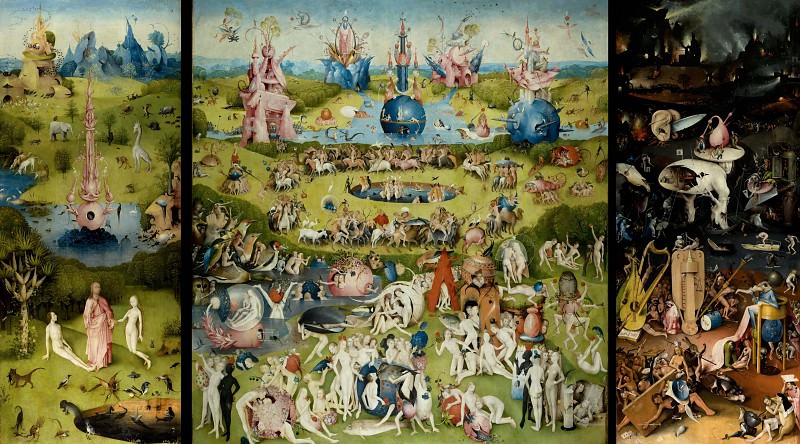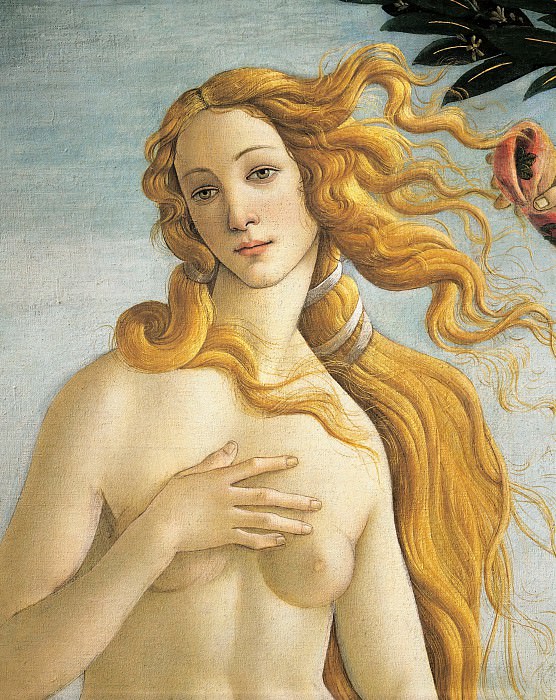Fresco Art: A Timeless Medium of Expression
Fresco art, a method of painting on freshly laid wet plaster, has been a revered art form for centuries. This technique, which involves applying pigment mixed with water to wet lime plaster, results in vibrant, long-lasting images that become an integral part of the wall surface. The origins of fresco painting can be traced back to ancient civilizations, and it has continued to be a significant medium through various art movements and cultural epochs.
The Origins and Evolution of Fresco Art
The history of fresco art dates back to the ancient Egyptians, who used a similar technique for decorating tombs. However, it was the Minoans, around 1600 BCE, who truly developed the art of fresco painting. Their frescoes, found in the ruins of Knossos on Crete, depict vivid scenes of daily life, nature, and mythology, showcasing the sophistication of their artistic techniques.
The Greeks and Romans further advanced fresco painting, utilizing it extensively in their architectural designs. Roman frescoes, such as those preserved in Pompeii and Herculaneum, reveal intricate details and a high level of craftsmanship. These early frescoes were not just decorative but also served a functional purpose, often used to insulate and protect walls.
The Renaissance and the Golden Age of Fresco
The Renaissance period marked the golden age of fresco painting. During this time, artists like Michelangelo, Raphael, and Leonardo da Vinci mastered the art, creating some of the most iconic frescoes in history. Michelangelo's Sistine Chapel ceiling is perhaps the most famous example, depicting scenes from the Book of Genesis with unparalleled grandeur and detail.
Raphael's frescoes in the Vatican's Raphael Rooms and Leonardo's Last Supper are other masterpieces that exemplify the Renaissance's artistic brilliance. These works not only demonstrate the technical prowess of the artists but also their ability to convey complex narratives and emotions through the medium of fresco.
Techniques and Challenges of Fresco Painting
Fresco painting is a labor-intensive process that requires meticulous planning and execution. The artist must work quickly, as the plaster must remain wet for the pigments to adhere properly. This technique, known as 'buon fresco' or 'true fresco,' involves several layers of plaster, with the final, smooth layer applied just before painting.
One of the main challenges of fresco painting is the rapid drying time of the plaster. Artists must complete their work within a limited timeframe, often working in sections known as 'giornate' (Italian for 'a day's work'). Each giornata represents the amount of plaster that can be painted in a single day, and artists must carefully plan their compositions to ensure a seamless integration of these sections.
Another challenge is the permanence of the medium. Unlike other painting techniques, fresco does not allow for corrections once the pigment has been applied. This requires a high level of precision and confidence from the artist. Despite these challenges, the results are remarkable, with frescoes often retaining their vibrancy and beauty for centuries.
Fresco Art in the Modern Era
While fresco painting is often associated with classical and Renaissance art, it has continued to evolve and find relevance in the modern era. Twentieth-century artists like Diego Rivera and José Clemente Orozco revitalized the medium, using frescoes to convey powerful social and political messages. Rivera's murals in Mexico and the United States, for example, are celebrated for their bold themes and dynamic compositions.
In contemporary art, fresco painting has seen a resurgence as artists explore its unique aesthetic and historical significance. Modern frescoes can be found in public spaces, galleries, and private collections, demonstrating the enduring appeal of this ancient technique. Artists today often combine traditional fresco methods with modern materials and themes, creating works that bridge the past and present.
The Cultural Significance of Fresco Art
Frescoes have played a vital role in the cultural and religious life of societies throughout history. In ancient times, they adorned the walls of temples, palaces, and public buildings, serving both decorative and didactic purposes. During the Renaissance, frescoes were a key element of religious art, depicting biblical scenes and saints in churches and chapels.
Beyond their aesthetic value, frescoes often reflect the social, political, and religious contexts of their time. They provide a visual record of historical events, cultural practices, and societal values. For example, the frescoes of the Italian Renaissance not only showcase the artistic achievements of the period but also reflect the humanist ideals and religious fervor that characterized the era.
Preservation and Restoration of Fresco Art
The preservation of fresco art poses significant challenges due to the fragile nature of the medium. Factors such as environmental conditions, pollution, and human intervention can cause deterioration over time. Preserving frescoes requires a combination of preventive measures and careful restoration techniques.
Restoration of frescoes is a delicate process that aims to stabilize the artwork and restore its original appearance as much as possible. This often involves cleaning the surface, consolidating the plaster, and retouching areas where the pigment has faded or flaked away. Advances in technology have also provided new tools for the restoration and analysis of frescoes, helping conservators to understand the materials and techniques used by the original artists.
Iconic Frescoes Around the World
Fresco art can be found in many parts of the world, each with its unique style and cultural significance. In India, the Ajanta Caves house ancient Buddhist frescoes that date back to the 2nd century BCE. These paintings, depicting the life of the Buddha and various Jataka tales, are renowned for their expressive detail and vibrant colors.
In Europe, the frescoes of the Sistine Chapel in Vatican City are among the most visited and admired artworks. Michelangelo's depiction of the Creation of Adam is one of the most iconic images in Western art. Similarly, the frescoes in the churches of Italy, such as those in Assisi and Florence, continue to attract art enthusiasts and pilgrims alike.
In Mexico, the murals of Diego Rivera, particularly those in the National Palace in Mexico City, stand as monumental achievements in modern fresco art. Rivera's work reflects the history and struggles of the Mexican people, merging artistic innovation with social commentary.
The Artistic Legacy of Fresco
The legacy of fresco painting extends beyond its historical and cultural significance. It has influenced numerous artists and art movements, from the Renaissance to the present day. The techniques and principles of fresco have been adapted and reinterpreted in various forms of art, including mural painting, street art, and digital media.
Fresco art's emphasis on working with natural materials and its integration with architecture continue to inspire contemporary artists. Its enduring presence in public and sacred spaces underscores its importance as a medium that transcends time and place, connecting viewers with the artistic expressions of different eras.
Conclusion
Fresco art, with its rich history and enduring appeal, remains a testament to the creativity and skill of artists across centuries. From the ancient civilizations of Egypt and Crete to the masterpieces of the Renaissance and modern murals, frescoes have captured the imagination of people around the world. They are not only a reflection of artistic achievement but also a window into the cultural and historical contexts in which they were created.
The challenges and intricacies of fresco painting make it a demanding yet rewarding art form. Its ability to transform walls into vibrant canvases of storytelling and expression ensures that frescoes will continue to be celebrated and preserved for generations to come. As we look to the future, the legacy of fresco art will undoubtedly inspire new interpretations and innovations, keeping this ancient technique alive in the ever-evolving landscape of art.




